In the delicate world of culinary arts, fruit and vegetable carvings stand as a testament to both creativity and precision. These intricate designs, often resembling blooming flowers or mythical creatures, are more than just decorative elements—they are edible masterpieces. However, their beauty is fleeting, as oxidation begins its relentless assault almost immediately after the knife leaves the surface. The battle to preserve these carvings is as much a science as it is an art.
Oxidation, the natural enemy of fresh produce, turns vibrant colors into dull browns and softens crisp textures. For chefs and artists who dedicate hours to perfecting their carvings, this degradation can be disheartening. Yet, through centuries of experimentation, a collection of techniques has emerged to slow this inevitable process. These methods are not just about preservation; they are about extending the life of an artistic expression.
The first line of defense is acidity. Lemon juice, with its high citric acid content, has long been a trusted ally in the fight against oxidation. A light brushing or a quick soak can significantly delay the browning of apples, pears, and other susceptible fruits. Vinegar, though less commonly used due to its strong flavor, serves a similar purpose for vegetables. The acid creates a barrier on the exposed surfaces, slowing the enzymatic reactions that lead to discoloration.
Water, in its simplicity, plays a surprisingly effective role. Submerging carvings in cold water can prevent air exposure, the primary catalyst for oxidation. Some artisans add ice cubes to maintain a low temperature, further inhibiting enzymatic activity. This method is particularly useful for large displays that need to remain fresh for several hours. However, delicate carvings may absorb too much water, leading to a loss of structural integrity—a reminder that every technique requires careful consideration of the medium.
Saltwater solutions offer another approach, though they are better suited for vegetables than fruits due to taste implications. The salt draws out moisture from the surface, creating a less hospitable environment for oxidative enzymes. This method is often employed for root vegetable carvings, where maintaining firmness is as crucial as preserving color. The key lies in finding the right balance—too much salt can dehydrate the carving, while too little may prove ineffective.
Modern innovations have introduced new weapons in this ancient battle. Commercial anti-browning agents, typically containing ascorbic acid (vitamin C) or calcium ascorbate, provide longer-lasting protection without altering flavor. These products are particularly valuable for professional competitions or exhibitions where carvings must remain pristine for extended periods. Some chefs have even experimented with edible coatings derived from seaweed or other natural polymers, creating an invisible shield against oxygen.
Temperature control remains one of the most powerful tools. Refrigeration slows down all chemical processes, including oxidation. For important events, chefs often prepare carvings in stages, keeping completed portions chilled until the final assembly. However, too much cold can be detrimental—tropical fruits like pineapple or mango may develop chill damage, ruining both appearance and texture. The artistry extends beyond the carving itself to understanding each ingredient's unique preservation needs.
Humidity plays a subtle but significant role. Dry air accelerates moisture loss, causing carvings to wilt and discolor faster. Professional kitchens often use specialized misting systems to maintain optimal humidity around displays. For smaller-scale work, a simple damp cloth draped over unfinished pieces can make a noticeable difference. This method is especially effective for leafy vegetable carvings, which are particularly prone to drying out.
The choice of produce itself determines the longevity of a carving. Some varieties naturally resist oxidation better than others. For instance, Fuji apples maintain their color longer than Red Delicious, while jicama outlasts potatoes in vegetable displays. Experienced carvers consider these factors during the planning stage, selecting ingredients not just for their visual appeal but for their staying power as well.
Presentation techniques can also contribute to preservation. Placing carvings on beds of crushed ice not only enhances visual appeal but maintains a cool environment. Strategic use of garnishes like mint leaves or edible flowers can cover vulnerable areas where oxidation typically begins. Some artists design their pieces with removable sections, allowing for quick replacement of components that show early signs of browning.
Beyond physical methods, timing is perhaps the most crucial factor. Master carvers develop an intuitive sense of how far in advance they can prepare different elements. Watermelon baskets might be started a day before an event, while delicate rose carvings from tomatoes are best completed just hours before presentation. This temporal dimension adds another layer of complexity to an already demanding art form.
The cultural significance of these preservation techniques should not be overlooked. In many Asian countries where fruit and vegetable carving has deep historical roots, traditional methods are passed down through generations. Thai artisans, for example, have developed unique approaches using local ingredients like tamarind or pandan leaves as natural preservatives. These regional variations enrich the global tapestry of culinary arts.
Environmental factors present ongoing challenges. As climate change affects growing conditions and produce quality, carvers must adapt their techniques. Some report that fruits arriving at markets today oxidize faster than those from a decade ago, possibly due to changes in agricultural practices or transportation methods. This evolving landscape requires continuous innovation in preservation approaches.
For hobbyists entering this field, the learning curve can be steep. Trial and error remains the best teacher, as each carving presents unique challenges. Many professionals recommend starting with sturdy vegetables like carrots or zucchini before attempting more delicate materials. Keeping a journal of techniques and their outcomes helps build personal knowledge over time.
The intersection of art and science in this discipline continues to fascinate. Researchers in food science occasionally collaborate with master carvers to test new preservation methods. Recent studies have explored the potential of controlled atmosphere storage or modified humidity packaging for competition pieces. These partnerships push the boundaries of what's possible in extending the life of perishable art.
Ultimately, the preservation of fruit and vegetable carvings mirrors larger human endeavors—our attempts to capture and prolong beauty in a transient world. While oxidation may claim every carving eventually, the techniques developed to delay this fate represent centuries of accumulated wisdom. They remind us that even the most ephemeral art forms can leave lasting impressions, both on plates and in memories.
As the culinary world continues to evolve, so too will the methods for preserving these delicate creations. What remains constant is the artist's dedication to their craft—the patience to perfect each cut, the knowledge to select the right preservation method, and the acceptance that, like all natural beauty, their work carries its own expiration date. In this acceptance lies the true artistry.

By /Jul 9, 2025

By /Jul 9, 2025

By /Jul 8, 2025

By /Jul 8, 2025

By /Jul 8, 2025

By /Jul 8, 2025
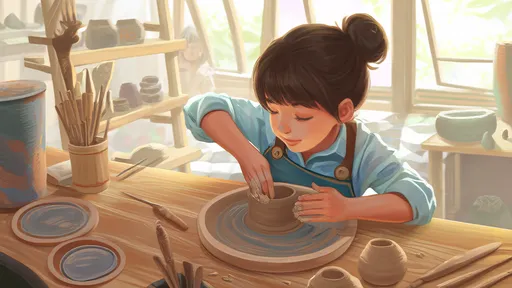
By /Jul 8, 2025

By /Jul 8, 2025
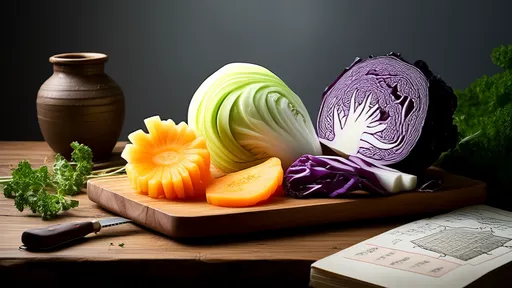
By /Jul 8, 2025

By /Jul 8, 2025
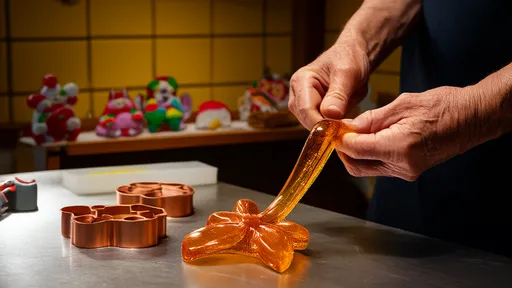
By /Jul 8, 2025

By /Jul 8, 2025

By /Jul 8, 2025
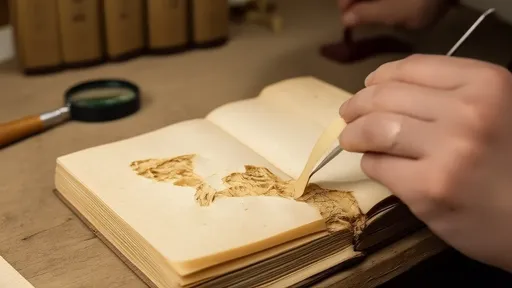
By /Jul 8, 2025

By /Jul 8, 2025

By /Jul 8, 2025
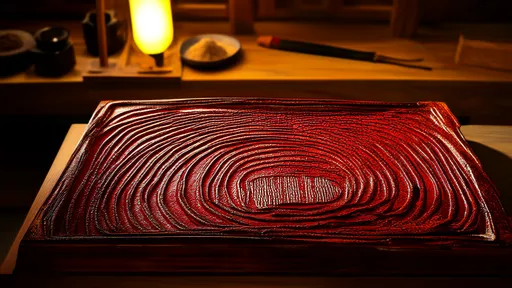
By /Jul 8, 2025

By /Jul 8, 2025